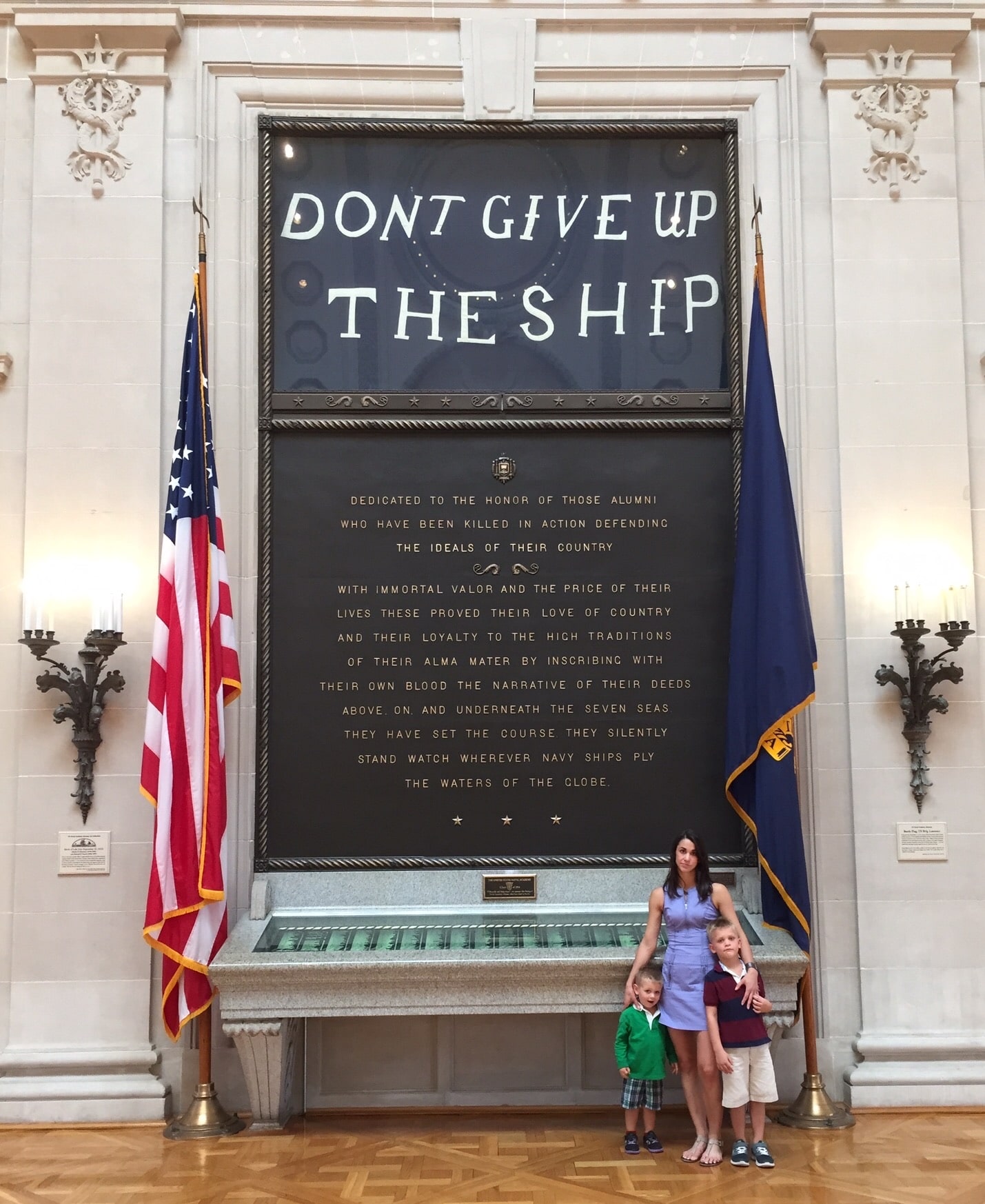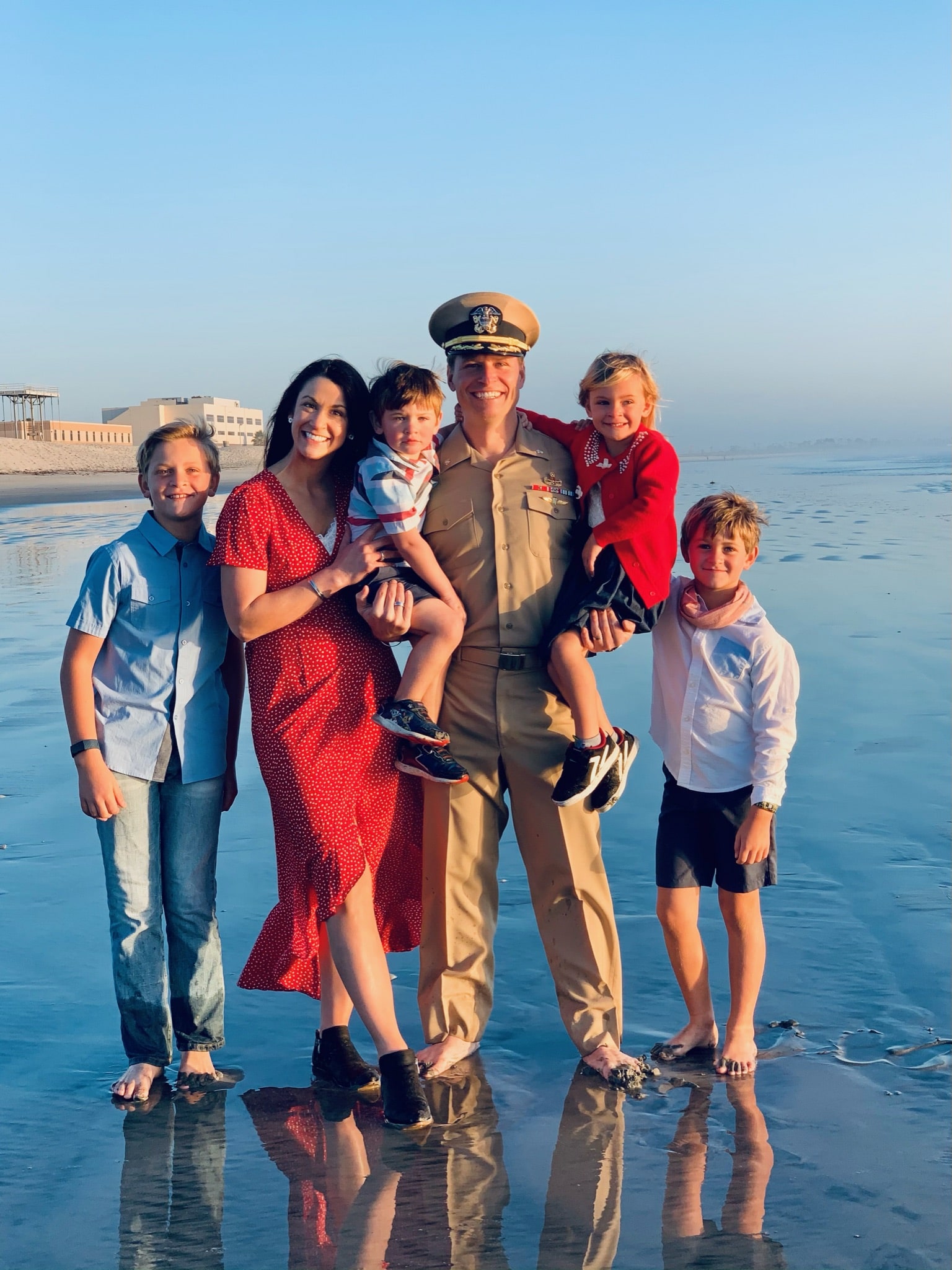
- The App
- Sandboxx News
- Resources
Learn
- Company
About
Become a Partner
Support
- The App
- Sandboxx News
- Resources
Learn
- Company
About
Become a Partner
Support
On the morning of Jan. 8, 2014, two hours into an ordinary training mission, 29-year-old Navy pilot, Lt. J. Wesley Van Dorn’s helicopter failed him....

On the morning of Jan. 8, 2014, two hours into an ordinary training mission, 29-year-old Navy pilot, Lt. J. Wesley Van Dorn’s helicopter failed him. As his widow Nicole wrote years later in an op-ed for the New York Times:
“A bundle of zip-tied electrical wires chafed against a fuel transfer line until it made a hole through which fuel started to leak. The fuel then came in contact with exposed wires and started a fire. Without warning, a wall of flames exploded through the cabin, filling it with thick black smoke that blinded Wes and his co-pilot. Almost 37,000 pounds of burning steel slammed tail-first into the ocean, dragging the five men inside down with it. Only two of them ultimately survived.”

Wes was not one of them. Nicole was with him when he died in the hospital later that day. In a moment, she became a widow, and Wes left behind their two young sons, Jaxton and Maddox.
I first met Nicole not long after Wes died. A Navy pilot spouse, I was living in Virginia Beach, where Nicole also lived. As we became friends, I watched as she struggled to keep Wes’s memory alive and to keep others from similar tragedies. She would later go on to be a vital part of the documentary, “Who Killed Lt. Van Dorn?” which details her efforts to uncover the Navy’s history of negligence around the 53E helicopter – the deadliest aircraft in the US military (more than 100 people have died in Stallion crashes since the MH-53E helicopter first flew in 1974).

Nicole would later go on to remarry, to a longtime friend of mine, and have two more children with him. Today she is a mom of four navigating the challenge of moving forward while honoring the past.
In the days, weeks and months after Wes’s tragic death, how did you manage to stay strong for your two boys?
I didn’t.
Every military spouse knows accidents are possible, but very few actually talk about it with their spouse. Did you ever have conversations with Wes about what to do if something happened to him?
Yes. The moment we did is burned into my memory. I was tending to our first child and he sat behind me on a chair. He asked for attention and I turned away, saying I was too busy. “Nicole, we need to do this…” Wes said. I looked him in the eyes and half-listened. It was handled.
After Wes died, you finished the investigation he started, which uncovered a long history of negligence and failings around the 53E helicopter. Can you sum up what you found, and how has the Navy responded since then?
I have found that there is a distasteful imbalance of money spent on new toys versus maintaining the current airframes our women and men fly. I have seen men and women drop their wings in fear. I have noticed the Armed Services trying their best to change the status quo. I have experienced Congress try, progress, and back step. I would appreciate if the Navy would stop spelling J Wesley Van Dorn’s name wrong.
How did your investigation end up becoming a documentary?
Six-degrees-of-separation and hard work. Anonymous people who knew it was safer to help the effort than to tow the line. But bigger than all else – love for Wes.

Can you tell us what you’re doing now?
Still fighting for peace. I am learning to live in and out of hurt. I am learning what real pain is. I am struggling. I am so in love with two men – one lost and one here. I am working hard on making sense out of it all. Together Joseph (my husband), J Wesley (my late husband), Jaxton, Maddox, Lincoln and Xavier are making sense of it all.
What advice do you have for service members who see something wrong or dangerous going on in the military? How can they have their voices heard?
Speak up. Or down. In the words of my friend: “The lowest man on the totem-pole should be able to have the loudest voice.” I am not a service member but – as I understand it – they are taught to fight for the greatest common good.
You can stream Who Killed Lt. Van Dorn? on Amazon.




